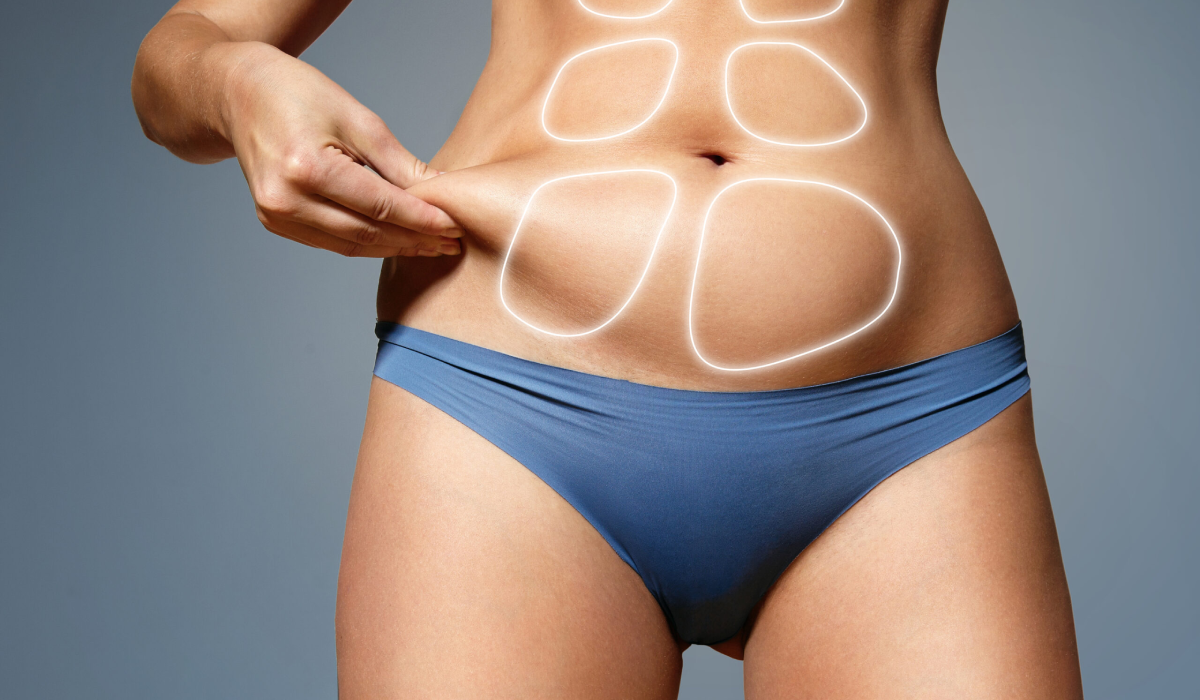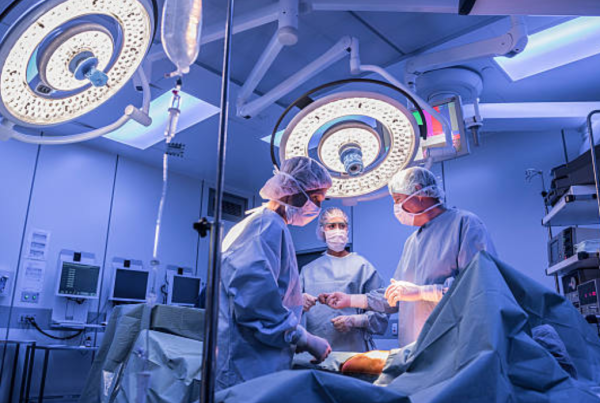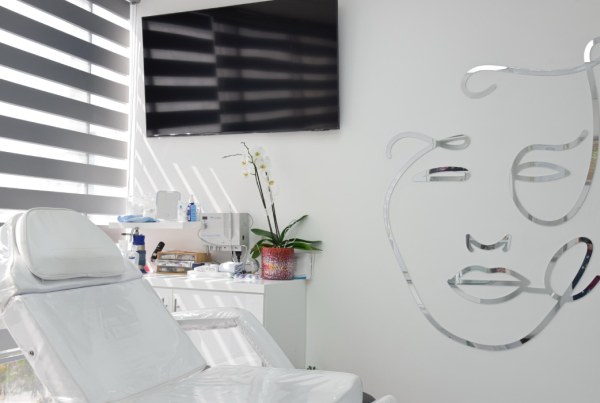Dr. Chang explains how J-Plasma liposuction in Tijuana integrates traditional fat removal with helium-plasma RF energy (Renuvion/J-Plasma) to achieve subdermal skin tightening. This guide consolidates what institutions like the FDA, the ASPS, and the NIH/PMC say about candidacy, safety, recovery timelines and realistic outcomes—so you can move from research to a confident decision.
What J-Plasma liposuction is (and what it isn’t)
Conventional liposuction removes fat with microcannulas. J-Plasma adds a controlled, subdermal pass of helium plasma to coagulate tissue and trigger collagen contraction, helping the skin adhere to the new contour when laxity is mild to moderate. It’s an adjunct, not a replacement for excisional surgery in cases of significant skin redundancy.
Regulatory bottom line
In 2023, the FDA clarified Renuvion/J-Plasma is cleared for subcutaneous coagulation after liposuction in aesthetic body contouring when used with the appropriate handpiece and settings. Translation: J-Plasma is used after lipo as a tightening assist—good technique and proper indications still rule.
Who benefits most
Best candidates maintain a stable weight, have localized fat and mild–moderate skin laxity, and understand that energy devices can’t replace a lift when redundancy is marked. The ASPS reminds patients liposuction is a contouring procedure, not weight-loss surgery, and tissue quality strongly influences satisfaction.
Two technical terms you may hear
Neurapraxia: a temporary change in sensation that typically resolves; Elastosis: weakened elastic fibers from photodamage or aging that limit “snap-back,” even with energy adjuncts.
How the procedure is performed
Typical flow: consultation and mapping → tumescent anesthesia infiltration → gentle fat aspiration with fine cannulas → subdermal J-Plasma passes with calibrated energy/time → compression garment and early ambulation. Reviews of tumescent protocols (see NIH/PMC) emphasize dose vigilance and monitoring—another reason to choose accredited environments.
Benefits you can realistically expect
Compared with lipo alone, patients can see crisper contours and an additional level of skin tightening, especially in delicate zones (e.g., inner thigh) when superficial cannula work is conservative and subdermal energy is dosed wisely. Micro-incisions, ambulatory recovery, and progressive return to activity are standard when protocols are followed.
Risks to consider
Common: bruising, swelling, and temporary numbness; occasional: seroma. Rare but possible: thermal injury, infection, thrombotic events. The ASPS highlights compression and stepwise activity as cornerstones of recovery. Risks are minimized in facilities that comply with Mexico’s COFEPRIS high directive and with board-certified surgeons.
Recovery timeline (realistic, not hype)
- Weeks 1–2: swelling/tightness; strict garment use; light walking.
- Weeks 3–4: reduced discomfort; return to low-impact activities.
- Weeks 6–8: graded return to training as cleared by your surgeon.
- 3–6 months: refined contour as edema resolves and collagen remodels.

Results of J-Plasma liposuction in Tijuana
Results of J-Plasma liposuction in Tijuana
The results combine traditional fat removal with an extra tier of skin tightening. Unlike lipo alone—where mild laxity can persist—helium plasma helps the skin “hug” the new shape more effectively.
Immediate results
Visible volume reduction is typical, though early swelling can mask definition. Subdermal contraction begins to show within 2–3 weeks, often first appreciated in the abdomen and inner thighs.
Mid-term results
By 2–3 months, swelling subsides and tightening is more evident. Younger patients or those with better baseline elasticity tend to achieve sharper lines. In fibrous regions, contraction is progressive and requires patience.
Final results
3–6 months is the realistic window for final contour and tightening, as collagen remodeling improves firmness and elasticity for smoother transitions between treated and untreated areas.
What influences outcomes
- Age & tissue quality: younger, more elastic skin contracts more.
- Lifestyle: smoking and weight swings compromise results.
- Technique: fine cannulas, conservative superficial passes, and calibrated energy reduce irregularities and over-treatment risk.
Not a replacement for a lift
When redundancy is significant, a thigh or body lift remains the gold standard. J-Plasma is best as an adjunct where elasticity exists—delivering contraction without excision scars.
Where to get J-Plasma liposuction in Tijuana
Dr. Chang operates at Plástica Derma, Tijuana, a certified clinic equipped with state-of-the-art technology and strict safety protocols. Depending on your evaluation, he may combine approaches like comprehensive liposuction and liposculpture for global balance or Vaser liposuction in Tijuana to emulsify fibrous fat before subdermal tightening.
How to choose safely (quick checklist)
- Board certification verified in Mexico’s CMCPER directory.
- Operative site compliant with COFEPRIS requirements.
- Written plan covering lipo + energy parameters, garment schedule, follow-ups and red-flag symptoms.
FAQs
Does J-Plasma replace a lift?
No. It enhances tightening when laxity is mild to moderate; redundancy needs excision.
Is recovery faster than regular lipo?
Similar timeline; early tightness can be greater due to subdermal heat.
Is it safe?
When performed within FDA-cleared indications by trained teams and in accredited ORs, the safety profile is favorable.
When will I see the final result?
Between 3–6 months as swelling resolves and collagen matures.
Why choose Dr. Chang
Board-certified expertise, COFEPRIS-compliant operating rooms, responsible use of modern technology, natural-looking results, and personalized care for international patients. In short, J-Plasma liposuction in Tijuana with Dr. Chang at Plástica Derma blends safety, precision, and innovation for reliable outcomes.



